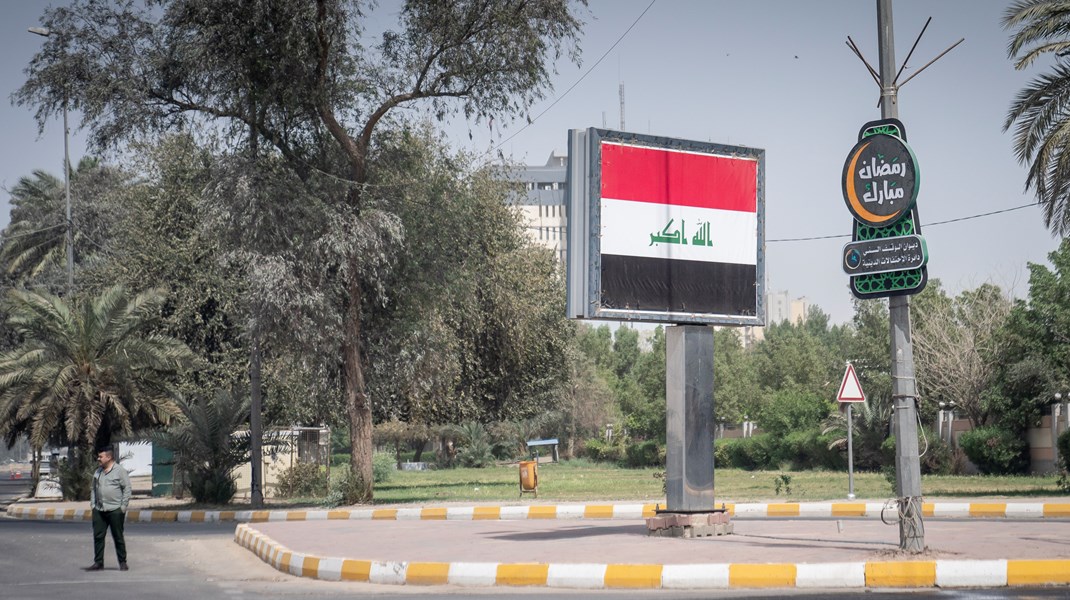Using mobile technology for humanitarian programming in Syria: potential and limits
1 Executive Summary
Policymakers, humanitarian professionals and scholars have increasingly acknowledged the ‘game changing’ potential of humanitarian technology.1 In Syria, it is a clear feature of humanitarian service delivery. Smartphones, WhatsApp, Facebook and Gmail provide Syrians in country and Syrian refugees with a link to family, news of the conflict and humanitarian support. For humanitarians and their organisations, internet-capable mobile hardware and abundant applications provide critical communication, monitoring and data collection tools.
Mobile technology is likely to remain relevant irrespective of the evolution of the Syrian conflict. Research carried out for this report shows that smartphone ownership, internet access and mobile technology are widespread regardless of what armed group controls a particular area. Communities and business owners adapt and prioritise the rapid establishment of local internet connections, albeit often of poor quality. Internet access is offered for broader community use in most towns via Local Administrative Council (LAC) networks and internet café businesses. Syrians of all ages, outside of remote and rural areas, take advantage of internet access to talk with family and friends through WhatsApp and other communication applications (‘apps’). They are also considerable patrons of social media, particularly Facebook.
Humanitarian organisations use mobile technology first and foremost as a communication tool. Organisations take advantage of the popular communication apps and have developed novel ways to optimise their field work and outreach to communities. For instance, WhatsApp communication networks allow humanitarian providers to rapidly notify registered beneficiaries of services and aid availability, and enable outreach to other potential beneficiary groups. It is clear that there are significant opportunities for mobile technology to continue to enhance humanitarian service delivery. The evidence review and interviews with technology developers have identified important lessons for adopters of mobile technology in Syria, drawn from successful case studies and project failures.
This report presents the findings from a qualitative research study commissioned by the United Kingdom’s Department for International Development (DFID) about the current and potential use of mobile technology to improve the effectiveness and efficiency of humanitarian programming in Syria. The research involved two elements:
- A desk-based review of existing evidence of mobile technology use; and
- Findings from 58 interviews conducted in the fourth quarter of 2016, including with 48 Syria-based respondents and ten key informant interviewees outside Syria.
Interviewees in Syria included LAC representatives, non-governmental organisation (NGO) workers, technology providers and community respondents in Syrian Opposition, Kurdish, Government and Daesh-controlled areas. Syria-based respondents were asked about their personal use of mobile technology and how their community typically used it. Among them, respondents who worked for a humanitarian organisation were also asked about their organisation’s experience with mobile technology. As such, the respondent sample was skewed towards mobile technology users so as to explore the scope for further employment of such technology in humanitarian programming. Therefore, statistical data presented in this report cannot be taken as representative of Syrians’ overall mobile technology use.


